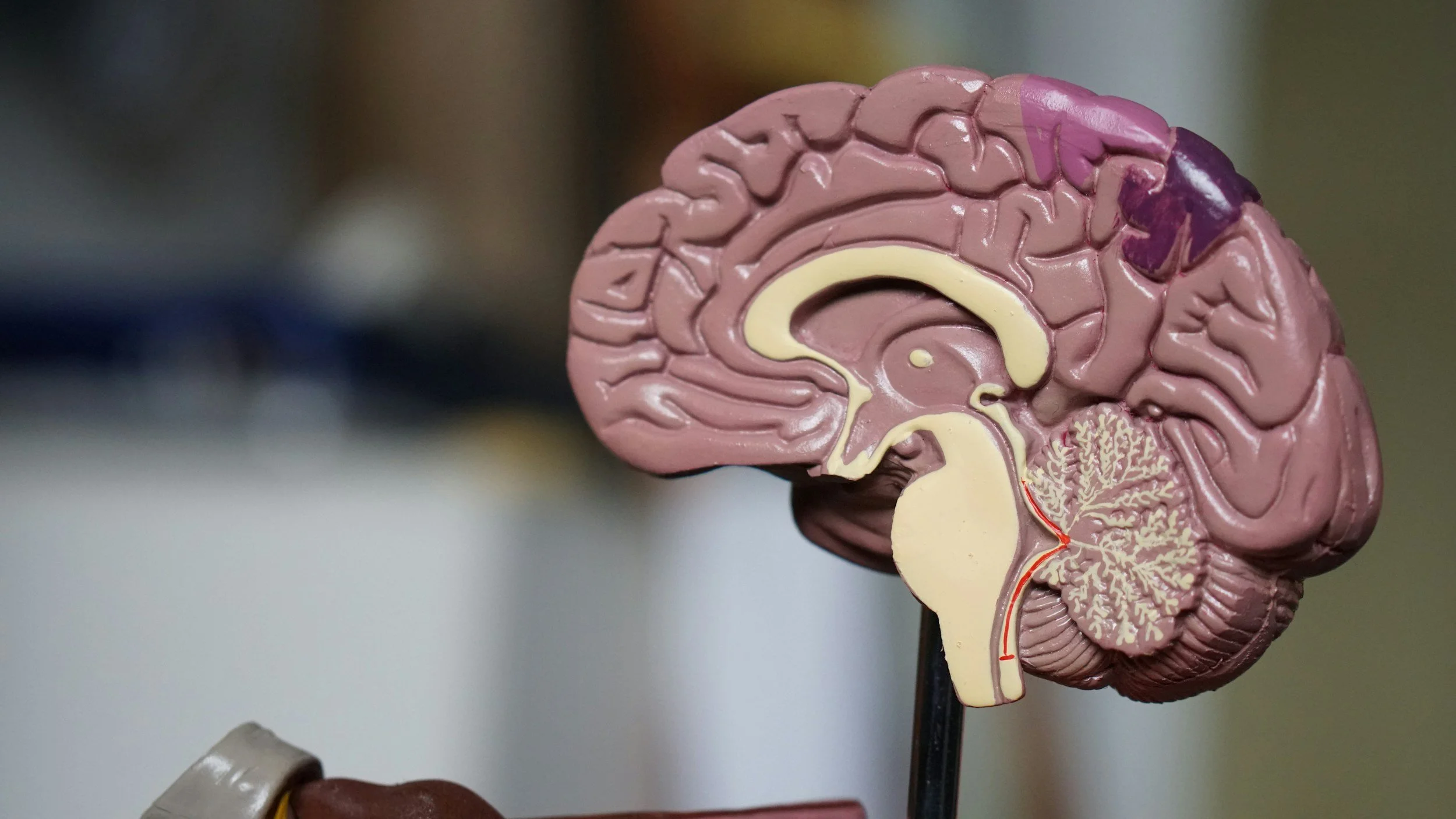What is Brainspotting Therapy? How It Works and Why It Helps
When Talk Therapy Isn’t Enough
Sometimes you know exactly what’s bothering you—but you can’t seem to shake it. Other times, the tension sits in your chest like a weight you can’t name. You’ve tried talking it out, reasoning your way through it, maybe even journaling or meditating. But the feeling lingers.
That’s where Brainspotting comes in.
As a clinician offering trauma therapy in Maryland and abroad, I’ve found Brainspotting to be a powerful tool for clients to release the emotional and physical roots of stuck trauma, anxiety, and distress—without needing to talk their way through every detail.
What Is Brainspotting Therapy?
Brainspotting is a somatic psychotherapy technique developed by Dr. David Grand in 2003. It uses eye position and focused mindfulness to help the brain locate and process unresolved trauma, emotional pain, and even performance blocks.
The key idea?
“Where you look affects how you feel.”
By identifying a specific “brainspot”—an eye position linked to emotional activation—your therapist helps you access deeper regions of the brain where trauma and overwhelm are stored, especially the subcortical brain (where instinct, memory, and emotional regulation live).
Brainspotting targets the subcortical areas of the brain—where trauma, memory, and emotion are stored.
Unsplash image by @averey
How Brainspotting Works: The Science Behind It
Unlike talk therapy, which engages the logical, thinking brain (prefrontal cortex), Brainspotting works directly with the midbrain and limbic system—areas responsible for survival, memory, and emotion.
Here’s a simplified breakdown of what happens:
You identify a target issue—this could be a feeling, memory, or sensation.
Your therapist helps you find a “brainspot,” a precise eye position that activates that issue.
You focus on the spot while listening to bilateral music (gentle tones that alternate between the left and right ear).
Your brain does the rest. You might feel waves of emotion, body sensations, insights—or just a sense of release.
🧠 Brainspotting taps into the body’s natural capacity to heal itself by allowing deeper processing than what words alone can reach.
What Happens in a Brainspotting Session?
Each session is different, and the process is led by you, not by scripts or protocols. Here’s what to expect:
Check-In: You’ll begin with a brief conversation to identify what’s coming up for you that day—this could be a memory, body sensation, emotion, or vague discomfort.
Finding the Brainspot: Your therapist will guide your eyes across your field of vision to locate a spot that seems to increase or intensify your internal experience.
Focused Processing: Once the brainspot is found, you’ll sit with it—eyes focused, body aware, emotions allowed. Your therapist holds space while your brain does the work.
Integration: At the end, you’ll gently check back in. You don’t need to explain or analyze everything that came up—just notice any shifts.
Sessions are deeply respectful, non-invasive, and client-led. Many people describe them as calming, even when processing intense material.
The Role of Bilateral Music in Brainspotting
Brainspotting sessions often include bilateral audio, which means soft, rhythmic tones alternate between your left and right ears using headphones. This technique helps balance brain activity and supports emotional regulation during processing.
You don’t need to focus on the sound—it works in the background to keep both hemispheres of your brain engaged, calming your nervous system and deepening access to subcortical material.
Why Clients Love Brainspotting
Clients often say:
“I didn’t have to explain everything—my body just knew what to do.”
“I finally feel like I’m releasing something I’ve carried for years.”
“It’s gentle, but incredibly powerful.”
Whether you're dealing with trauma, anxiety, chronic stress, grief, or feeling stuck despite all your efforts, Brainspotting offers a path inward—one that doesn’t require you to relive every painful detail.
Is Brainspotting Right for You?
Brainspotting may be especially helpful if:
You’ve tried talk therapy but still feel stuck
You’re dealing with unresolved trauma, anxiety, or grief
You’re emotionally overwhelmed but can’t explain why
You struggle with perfectionism, burnout, or high-functioning stress
You’re a highly sensitive person or deep processor
It’s also a wonderful tool for expats, creatives, and those who find it hard to articulate what they feel.
Want to Try Brainspotting?
If you’re looking for trauma therapy in Maryland, Brainspotting is one of the evidence-informed approaches I offer to help clients safely process unresolved experiences without needing to rehash every detail. This approach is especially well-suited for women navigating emotional overwhelm, identity shifts, or high-functioning stress.
I offer online Brainspotting sessions for women in Maryland and expats navigating stress, identity shifts, and emotional overload. Reach out to schedule a free 20-minute consultation.
And if you’re still exploring? Stay tuned for more in the Brainspotting series:
Coming soon …
This article was written by Katie Walker.


